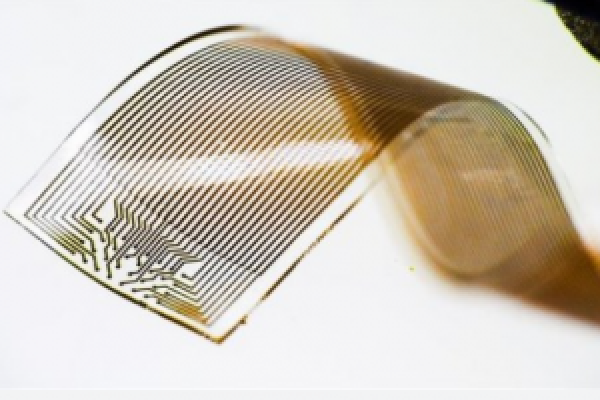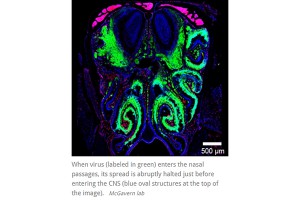Capturing brain signals with soft electronics
Researchers have developed new technology for long-term stable neural recording. It is based on a novel elastic material composite, which is biocompatible and retains high electrical conductivity even when stretched to double its original length.
Researchers have developed new technology for long-term stable neural recording. It is based on a novel elastic material composite, which is biocompatible and retains high electrical conductivity even when stretched to double its original length.
The breakthrough, which is crucial for many applications in biomedical engineering.
The coupling between electronic components and nerve cells is crucial not only to collect information about cell signalling, but also to diagnose and treat neurological disorders and diseases, such as epilepsy.
It is very challenging to achieve long-term stable connections that do not damage neurons or tissue, since the two systems, the soft and elastic tissue of the body and the hard and rigid electronic components, have completely different mechanical properties.
As human tissue is elastic and mobile, damage and inflammation arise at the interface with rigid electronic components. It not only causes damage to tissue; it also attenuates neural signals.
The material consists of gold coated titanium dioxide nanowires, embedded into silicone rubber.
The microfabrication of soft electrically conductive composites involves several challenges. They have developed a process to manufacture small electrodes that also preserves the biocompatibility of the materials. The process uses very little material.
The electrodes are 50 µm in size and are located at a distance of 200 µm from each other. The fabrication procedure allows 32 electrodes to be placed onto a very small surface. The final probe, has a width of 3.2 mm and a thickness of 80 µm.
The soft microelectrodes were implanted in the brain of rats. The researchers were able to collect high-quality neural signals from the freely moving rats for 3 months. The experiments have been subject to ethical review, and have followed the strict regulations that govern animal experiments.
When the neurons in the brain transmit signals, a voltage is formed that the electrodes detect and transmit onwards through a tiny amplifier. They can also see which electrodes the signals came from, which means that they can estimate the location in the brain where the signals originated. They hope to be able to see, for example, where the signal that causes an epileptic seizure starts, a prerequisite for treating it. Another area of application is brain-machine interfaces. There are also many interesting applications involving the peripheral nervous system in the body and the way it regulates various organs.
Sciencedaily.com





Related Posts